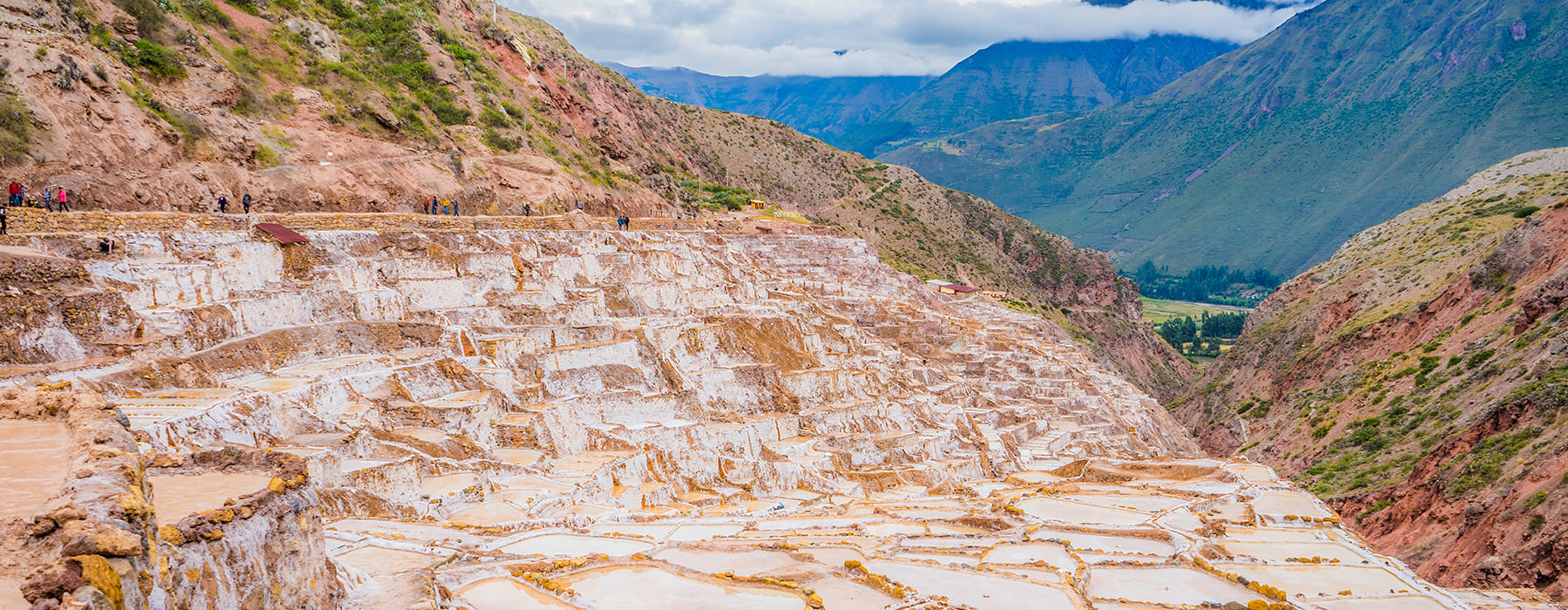
Immersed in the impressive Andean beauty of the Sacred Valley, the Salt Mines of Maras offer a new look at surprising Inca ingenuity and skill. The salt encrusted ponds at Maras look like a blanket of snow covering the side of the Qoripujio mountain in the distance. It is a spectacular sight. Each of the more than 3,000 pools have various shades of white to brown. Maras Salt has been collected since pre-Inca times, and travelers are invited to see this centuries-old tradition at work.
Located in the heart of the Sacred Valley of the Incas, the Maras Salt Mines are a tourist destination that combines natural beauty, history, and culture. This stunning landscape of white terraces, extending across the slopes of the Andes, is not only a visual spectacle but also a testament to the ancient salt extraction techniques that have endured throughout the centuries. In this blog, we invite you to explore everything you need to know about the Maras Salt Mines, from their history and production process to practical tips for your visit.
In the foothills of the Andes, in southern Peru, lies a tourist destination that combines natural wonders with a rich ancient history: the Maras Salt Mines, also known as the Maras Salt Mines. This tourist attraction is a fascinating place for those looking to learn more about pre-Incan history, traditional salt production practices, and the stunning views of the Peruvian Andes. If you’re planning a visit to Cusco, don’t miss this extraordinary spot that connects us with the region’s oldest traditions.
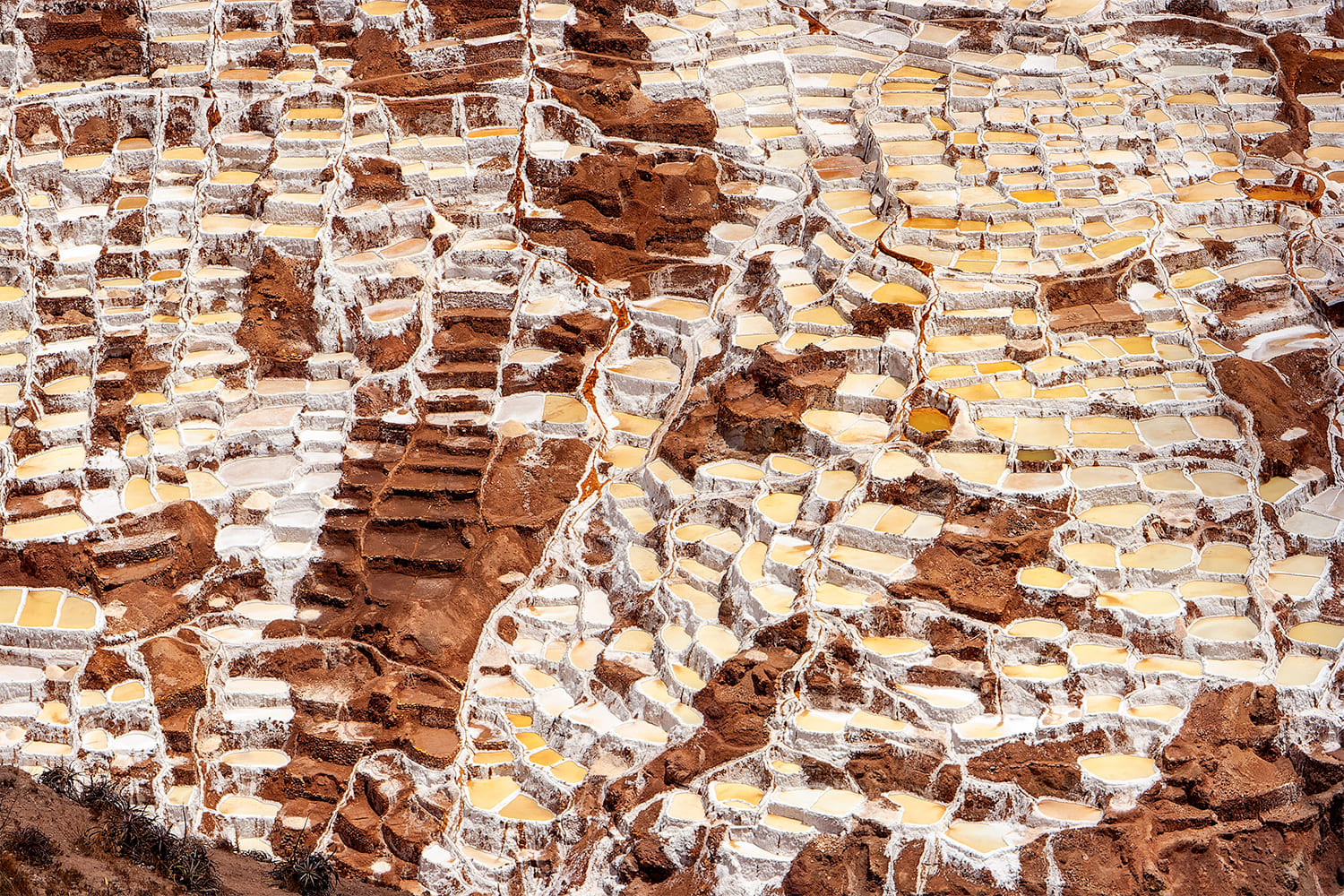
The Maras Salt Mines are a series of evaporation pools located in a valley in the mountains near the town of Maras, in the Sacred Valley of the Incas. These pools have been used since pre-Inca times to extract salt from the salt water that flows from underground springs, taking advantage of the natural evaporation process due to the area’s dry and sunny climate. In total, there are around 3,000 small pools distributed on several levels, offering a breathtaking view.
The history of the Maras Salt Mines dates back to the time of the Incas, who already used these salt mines to supply themselves with salt, a vital resource not only for food, but also for food preservation and ritual ceremonies. Today, the salt mines are still operated by local communities, who continue to extract salt in the traditional way, using techniques that have been passed down from generation to generation.
Maras is a town located in the Sacred Valley of the Incas, where an ancient custom is still practiced: the use of pre-Inca salt pools. These incredible constructions continue to provide the city and our country with their pink salt, which has been recommended by experts as a healthy option to flavor foods due to its healing properties. In addition to their nutritional value, the maras salt mines are often visited for their spectacular scenery.
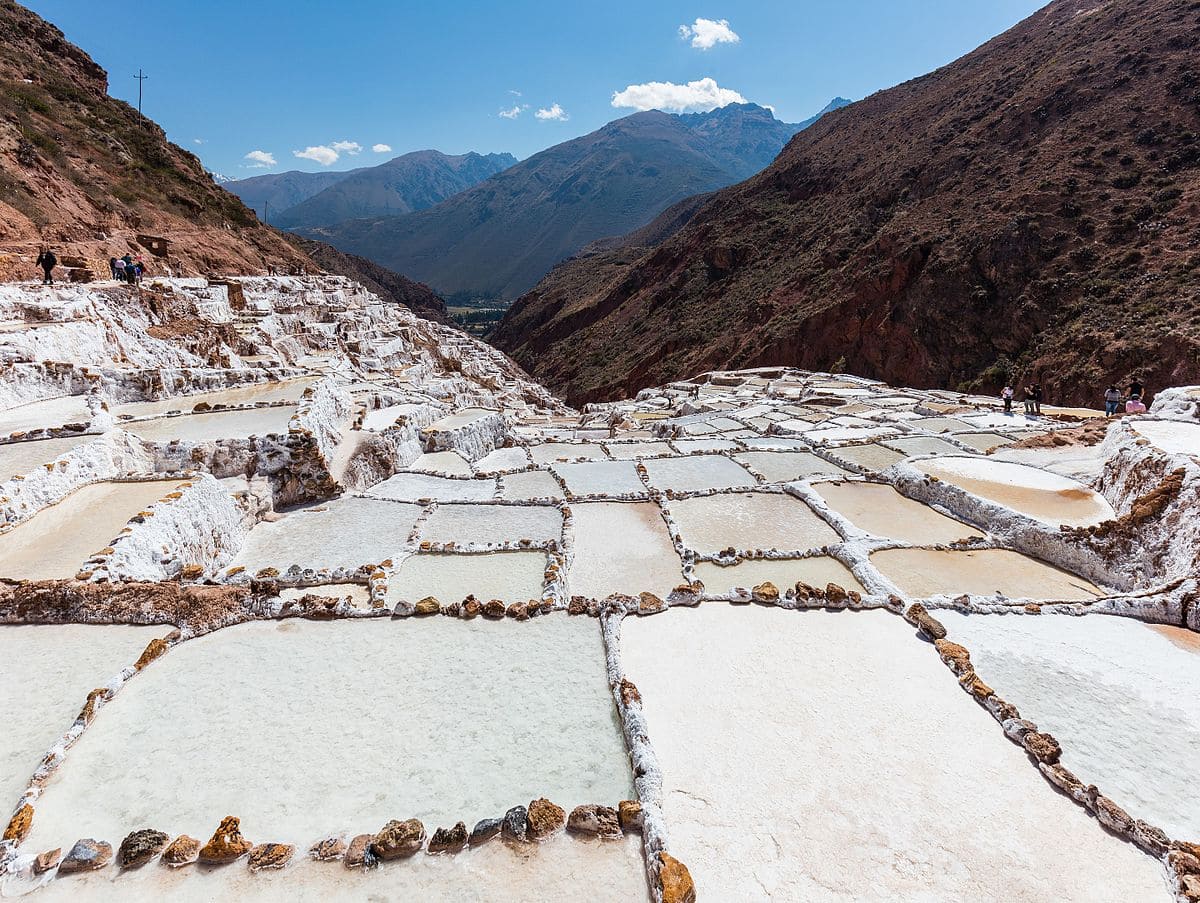
The first shallow salt ponds in Maras were probably built by the Wari civilization between 500 and 1100 AD. Most of these pools, built along the steep slope of Qoripujio Mountain, are no more than 5 square meters and 30 centimeters deep.
During the 12th century and the mid-14th century, the Inca empire took over the Maras operation. The Incas season and preserve their food with salt. They may also have used the mineral for mummification and other religious ceremonies. Ownership and management of individual Maras salt mines was given to families living in the nearby community of Maras. The same salt extraction process used by these families during Inca times has been passed down from generation to generation and is still practiced today.
It was during the Inca Empire that salt production was organized and expanded, becoming a vital resource for the region’s economy. Salt was not only used for food preservation but also had ceremonial value and was a traded good throughout the empire.
The salt extraction technique in Maras is unique. The salt mines are made up of more than 3,000 evaporation pools, which are filled with salt water from a nearby spring. As the sun heats the water, it evaporates, leaving behind the crystallized salt. This process, which has remained virtually unchanged over the years, is a perfect example of the ancestral wisdom of Andean communities.
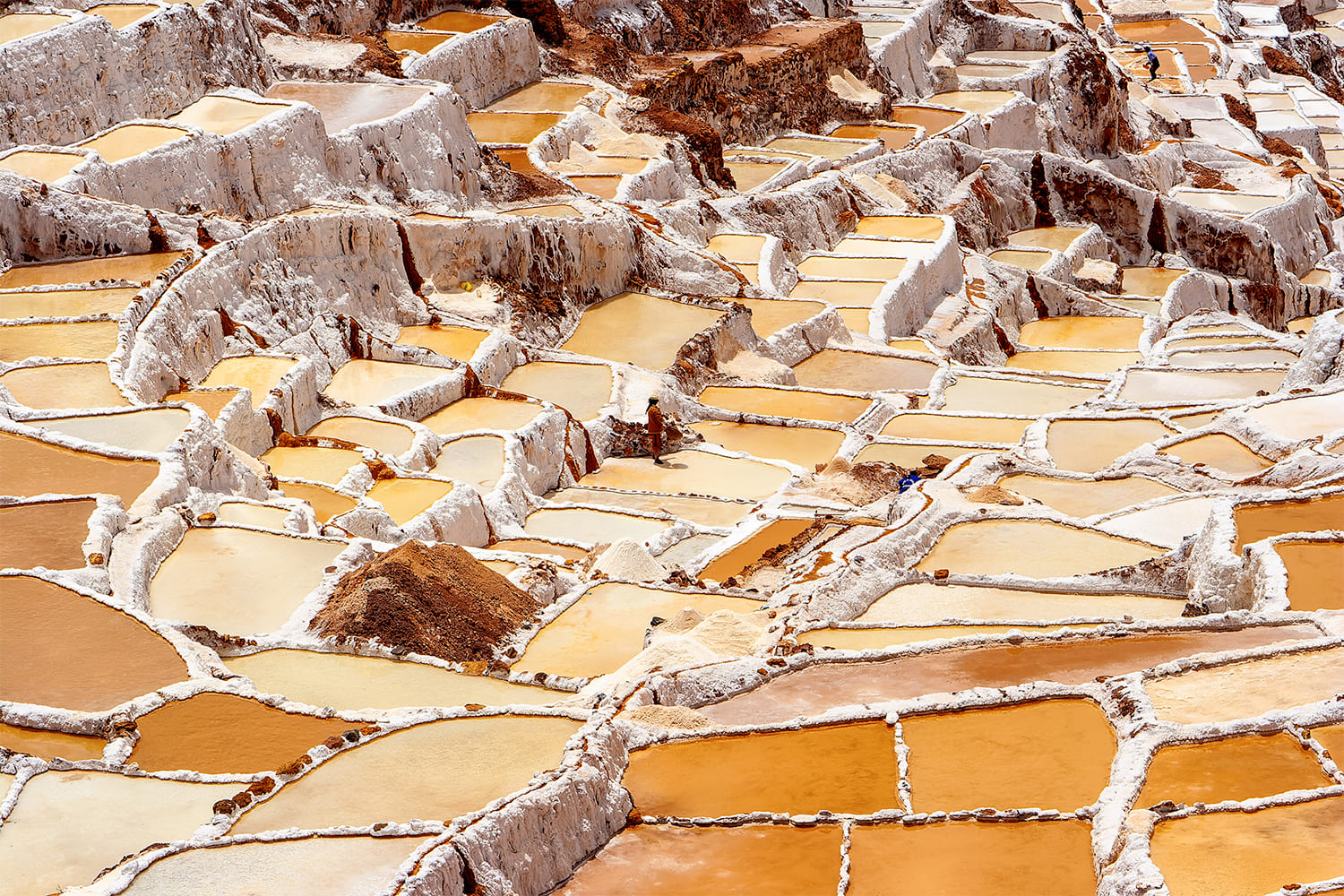
Legend has it that the salty waters that flow from the mountain are the tears of Ayar Cachi. Within Inca mythology, this was one of the 4 brothers and sisters who originated the great empire of the Incas: The god Wiracocha made these brothers come out of a cave to found the great empire. Ayar Cachi threw a stone at the mountain, forming a ravine. Then his brothers, fearing his strength and power, deceived him in the cave, preventing him from being the founder of the empire. The tears of this character formed the pools that later the dry sun formed the salt flats.
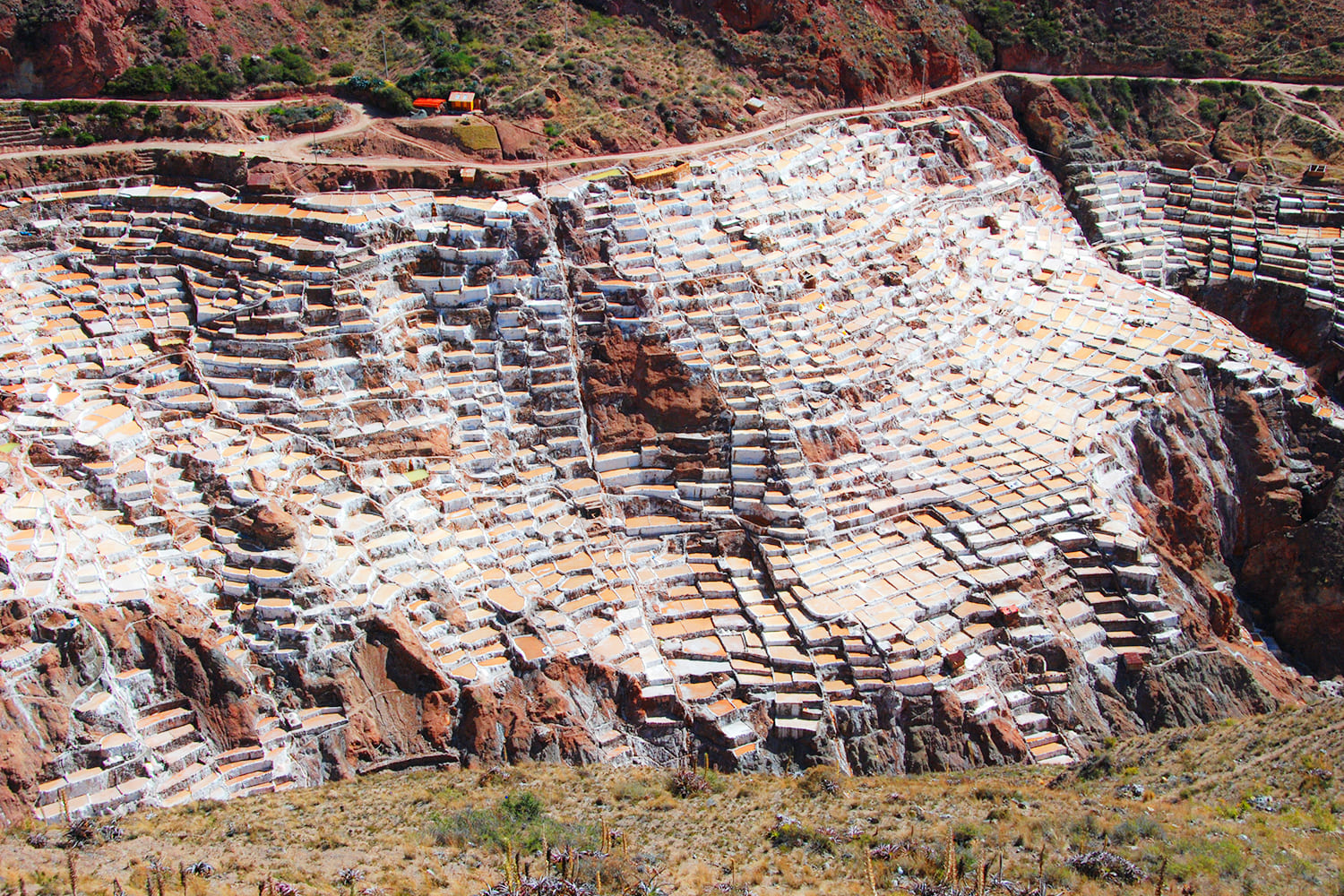
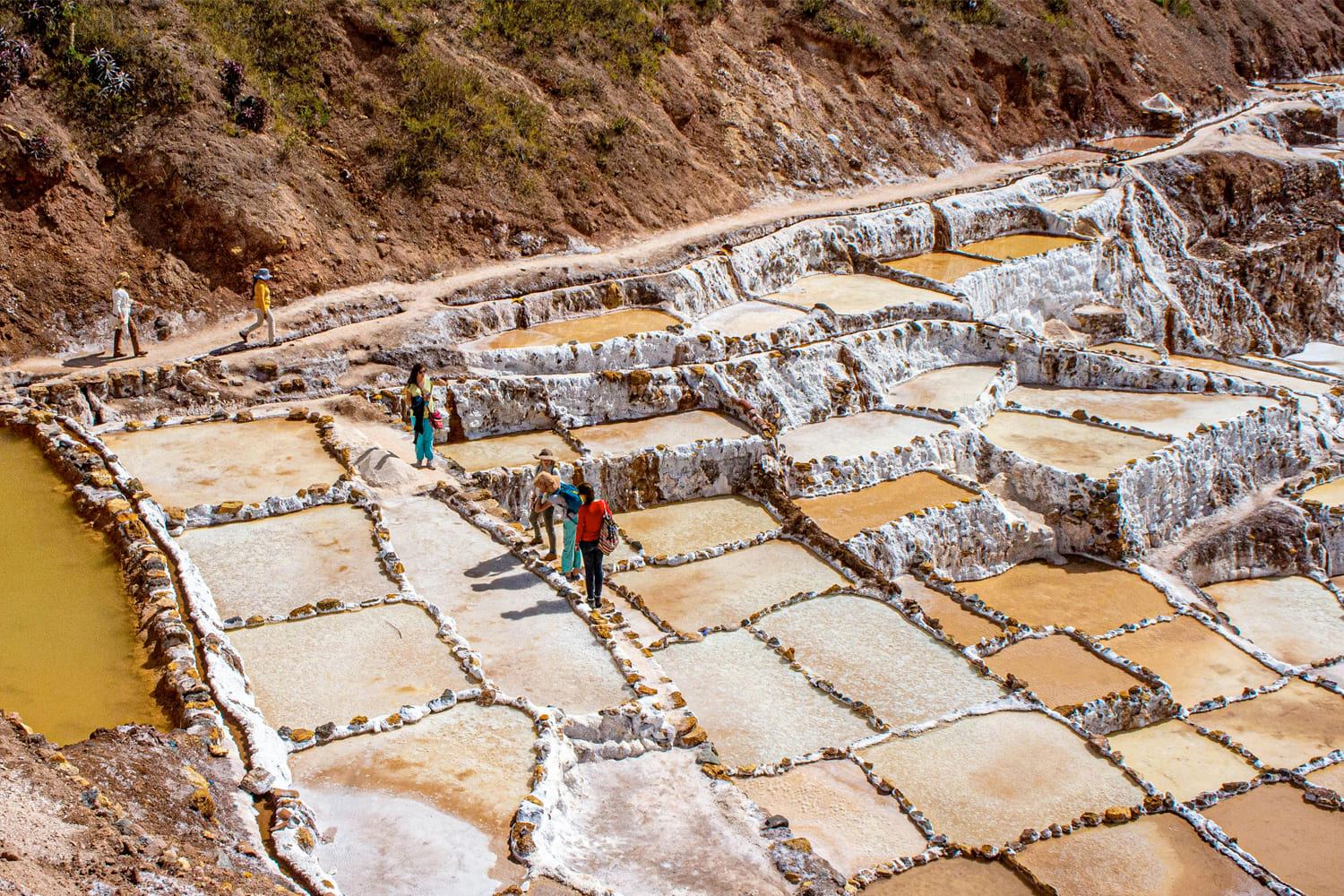
The Maras Salt Mines are located about 50 kilometers north of Cusco, making them an ideal day trip from the city. There are several transportation options to get there:
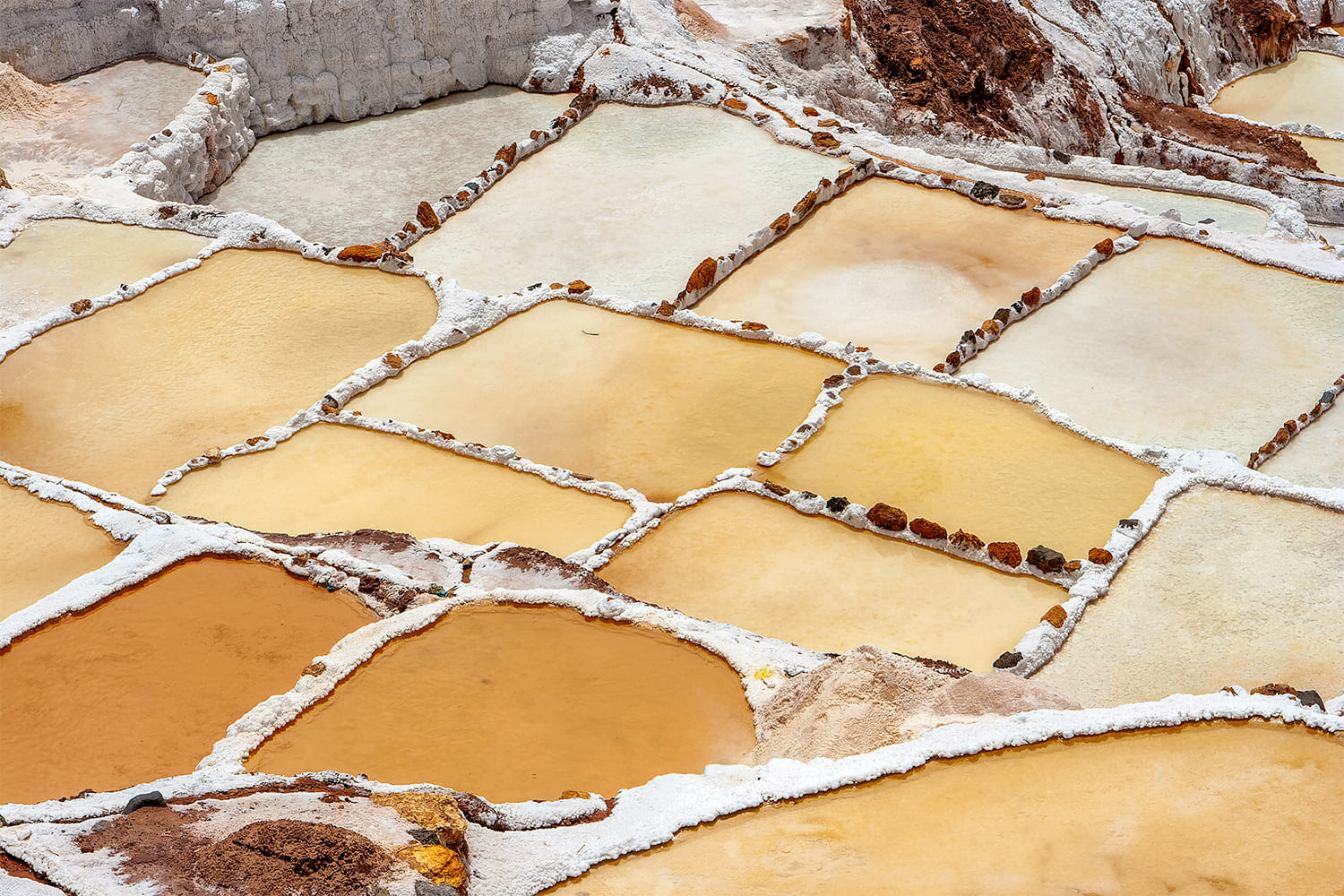
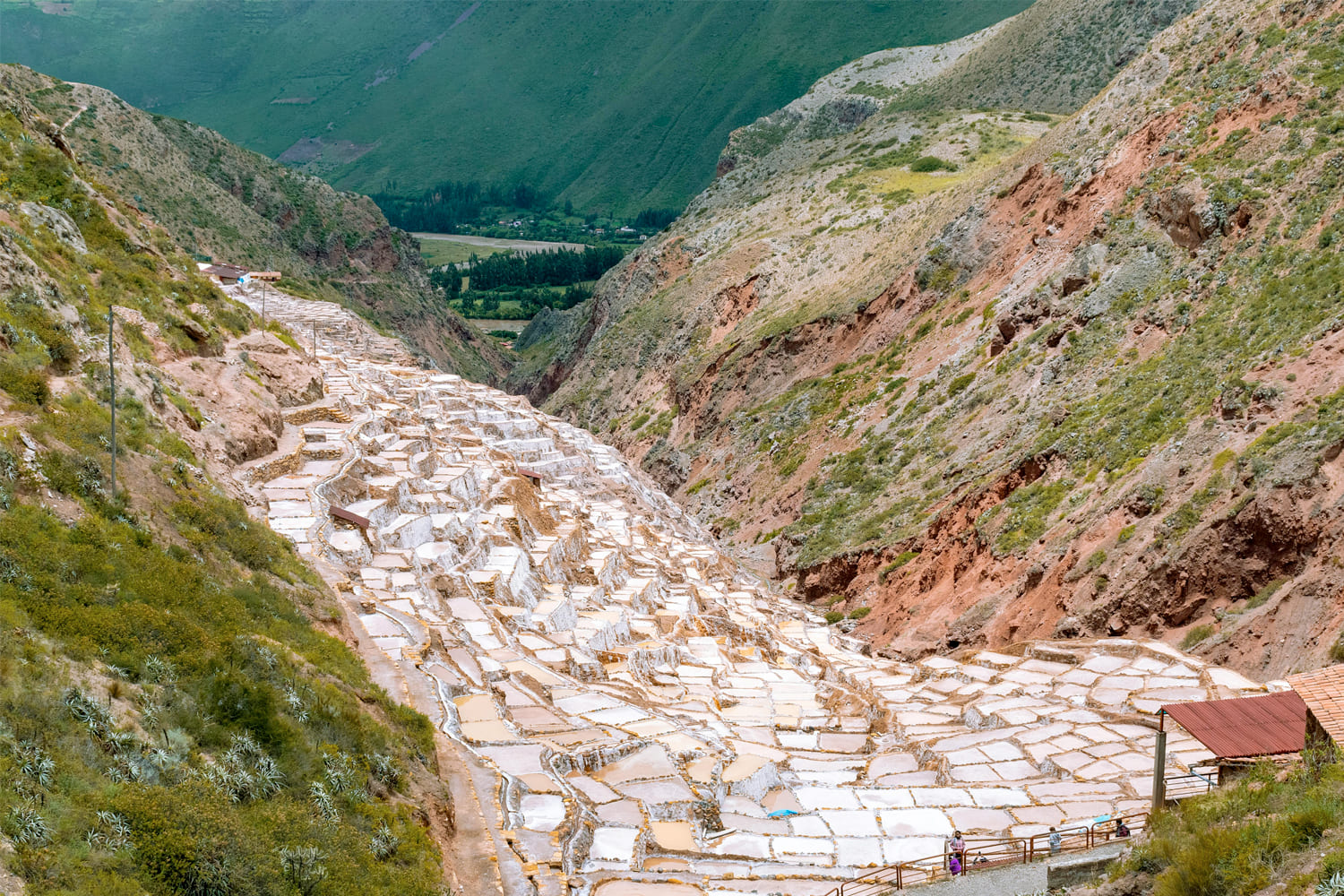
The Maras Salt Mines are a must-see tourist destination in the Sacred Valley of Cusco, not only for their natural beauty and stunning scenery, but also for their historical and cultural value. Visiting this place is a unique way to connect with the ancient traditions of the Andes and learn about a practice that has endured for thousands of years. If you’re looking for an authentic experience that combines history, nature, and culture, don’t hesitate to include the Maras Salt Mines in your itinerary. Without a doubt, this place will leave you with unforgettable memories of your trip to Cusco.
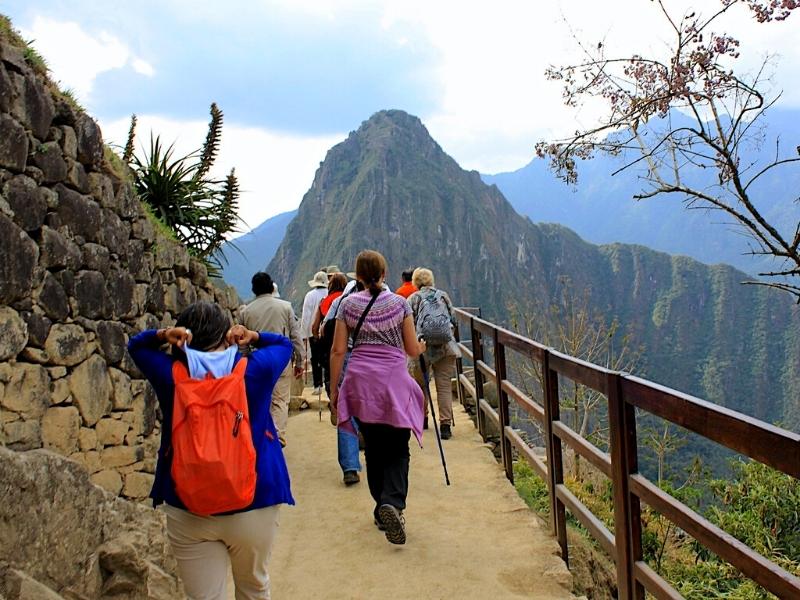
Get to know the majestic city of Cusco, cradle of the greatest civilization in South America, the Incas and their great works of engineering, the citadel of Machu Picchu by train.

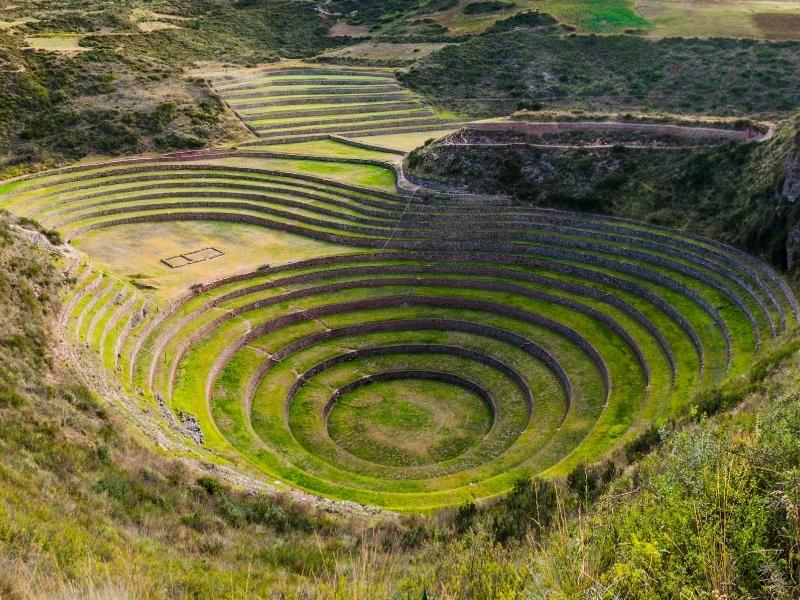
Enjoy an incredible vacation, in the heart of the Inca empire, Cusco, our travel program will take you to the most famous tourist attractions of Cusco, such as the Sacred Valley of the Incas, Machu Picchu, in very cozy hotels.


The top sights of Peru will leave all the family thrilled by the scenic grandeur, ruined temples, colonial cities, amazing inca trail to Machu Picchu, the Inca Lost City, once buried under the tropical forest which surrounds it.

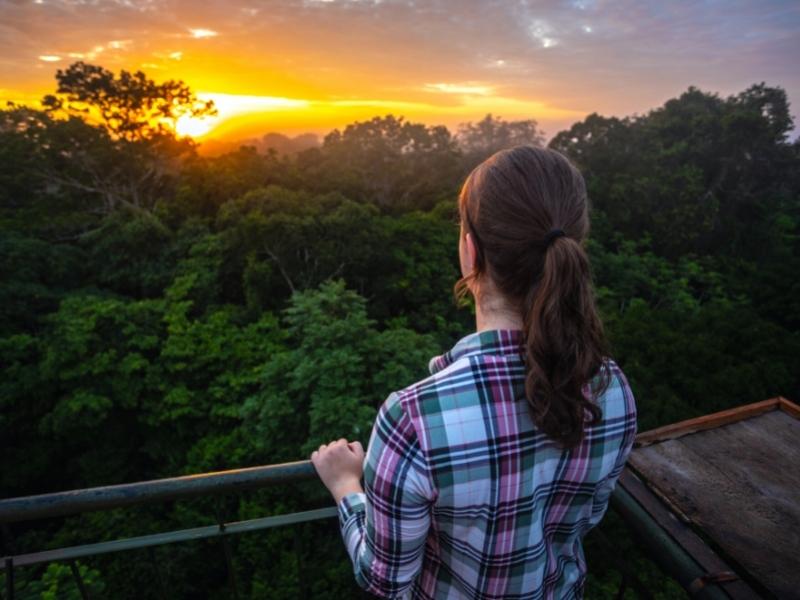
Dive deep into the culture and landscapes of Peru with this adventure to Machu Picchu, the Amazon and more. Search for wildlife along jungle trails and rivers in the rainforest from a comfortable lodge then head up into the Andes to Cusco, the capital of the Inca empire.

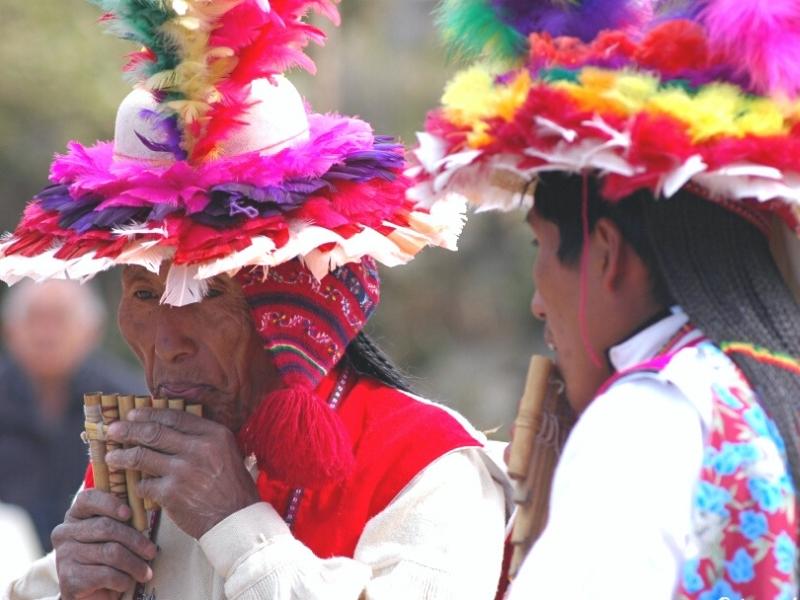
Sublime landscapes, wildlife, history, culture - Peru has more than its fair share. Its famed snow-capped Andean peaks shelter the temples and fortresses of the Inca and other pre-Columbian cultures, linked by a network of paved trails.

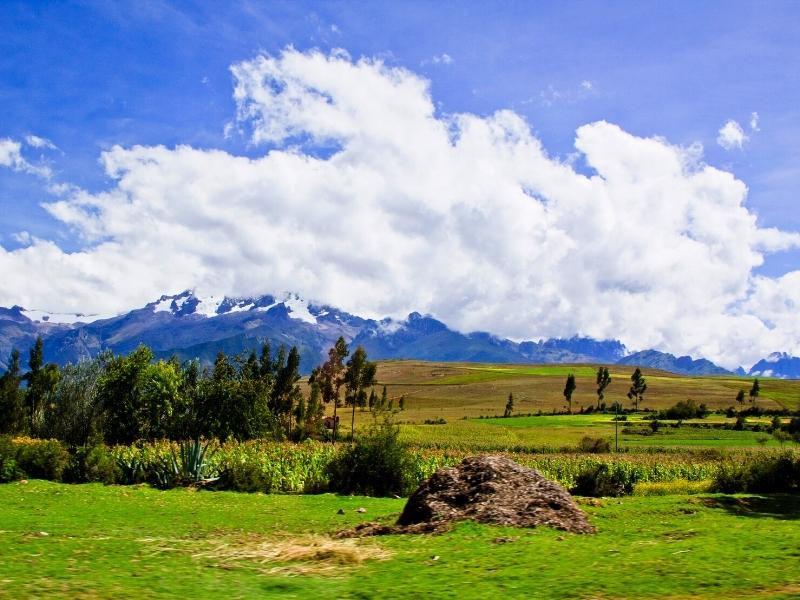
Explore the Sacred valley of the Incas, Visit the best archaeological remains of the Incas in Chinchero, Moray, Ollantaytambo and Pisac. Beautiful landscapes surrounded by snowy peaks and corn fields.
